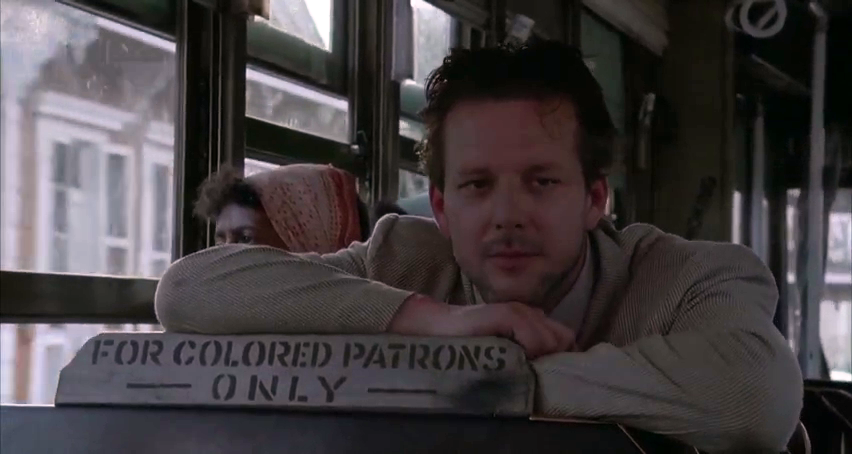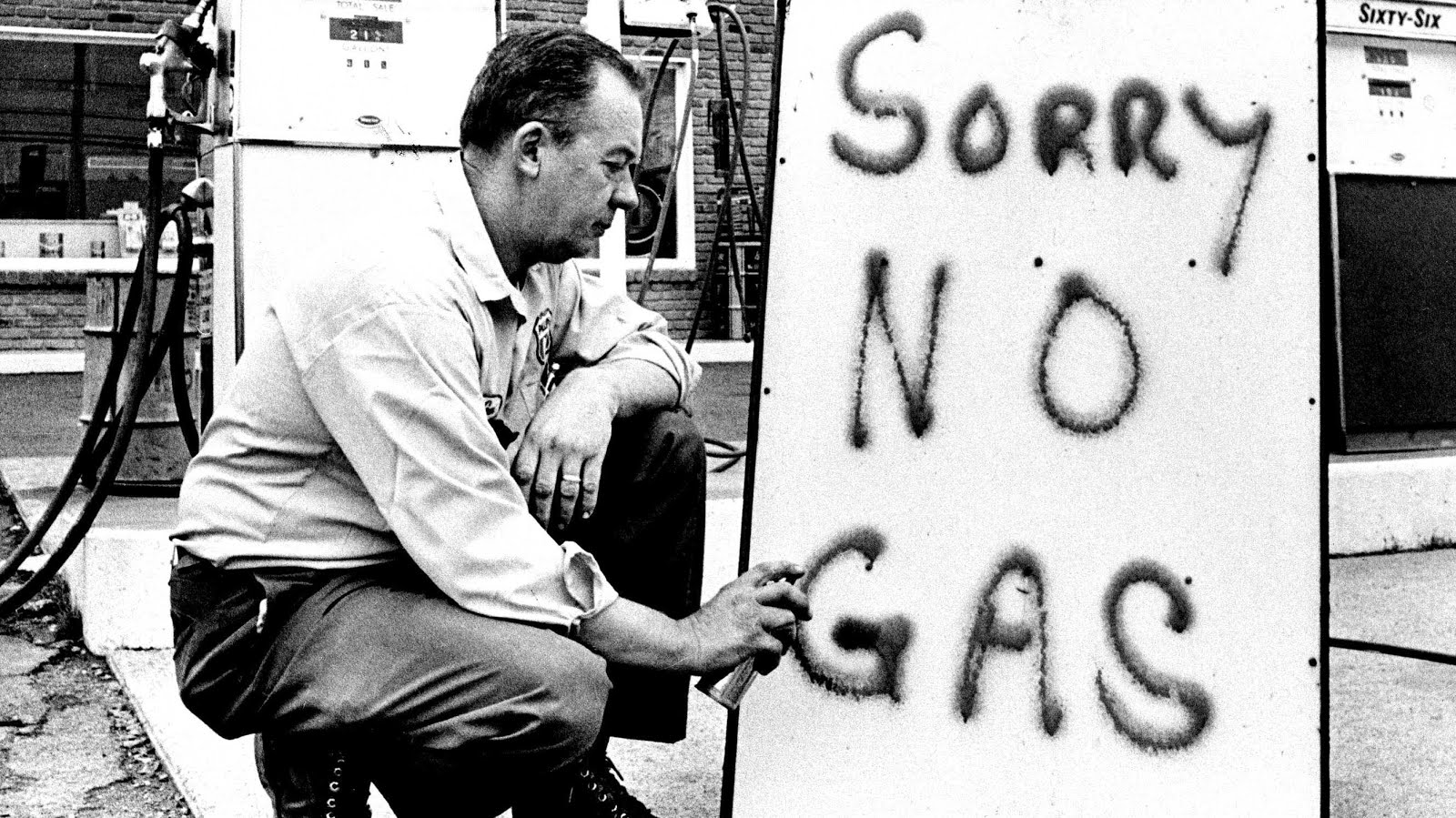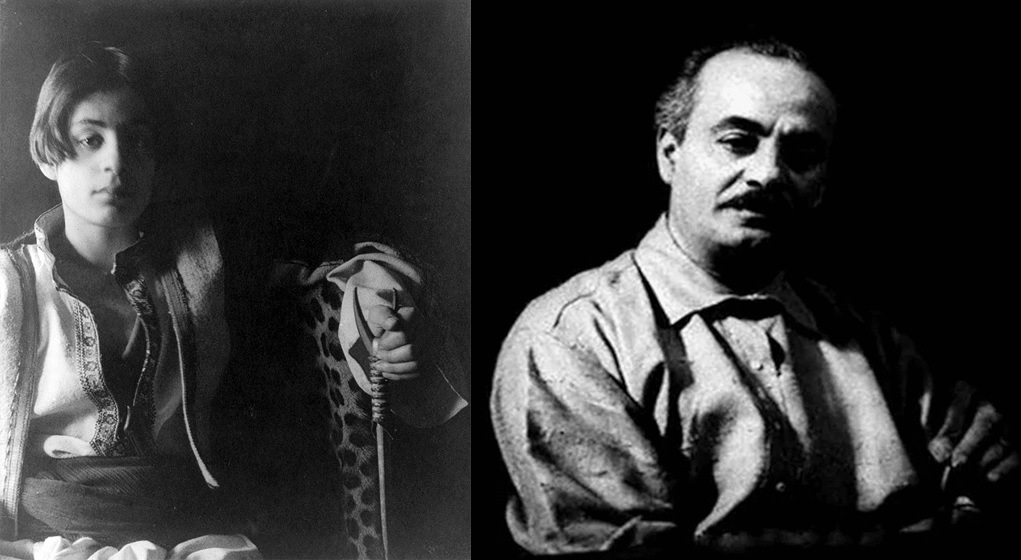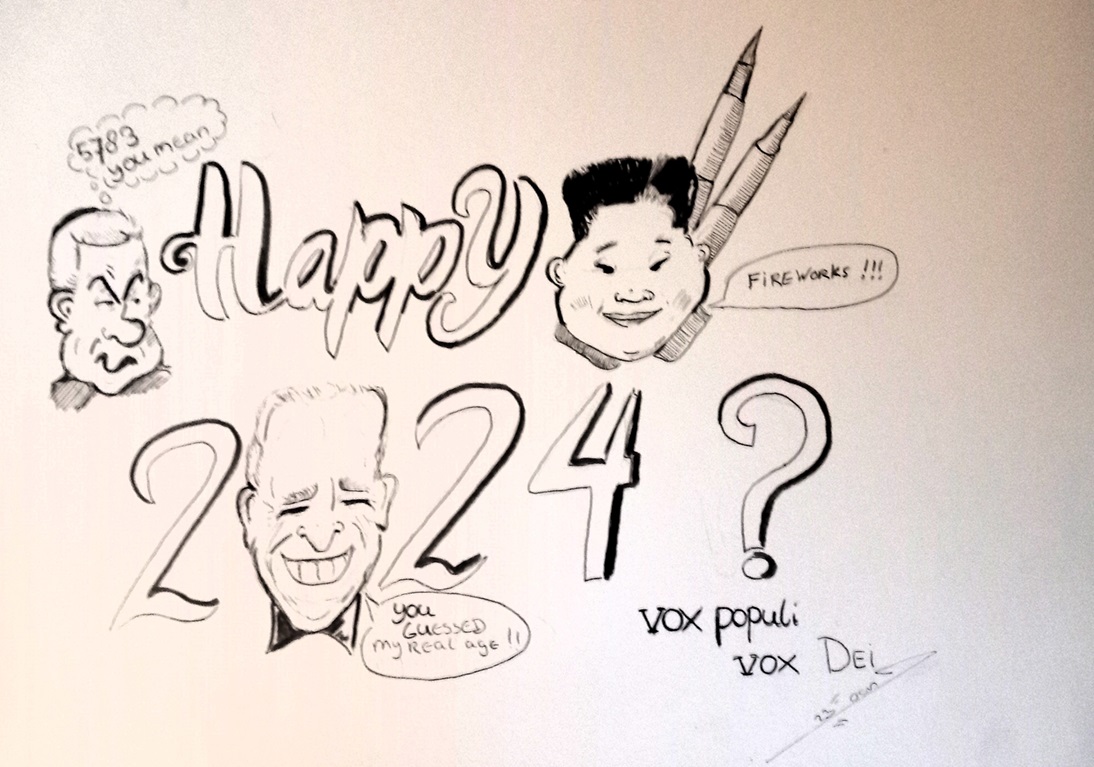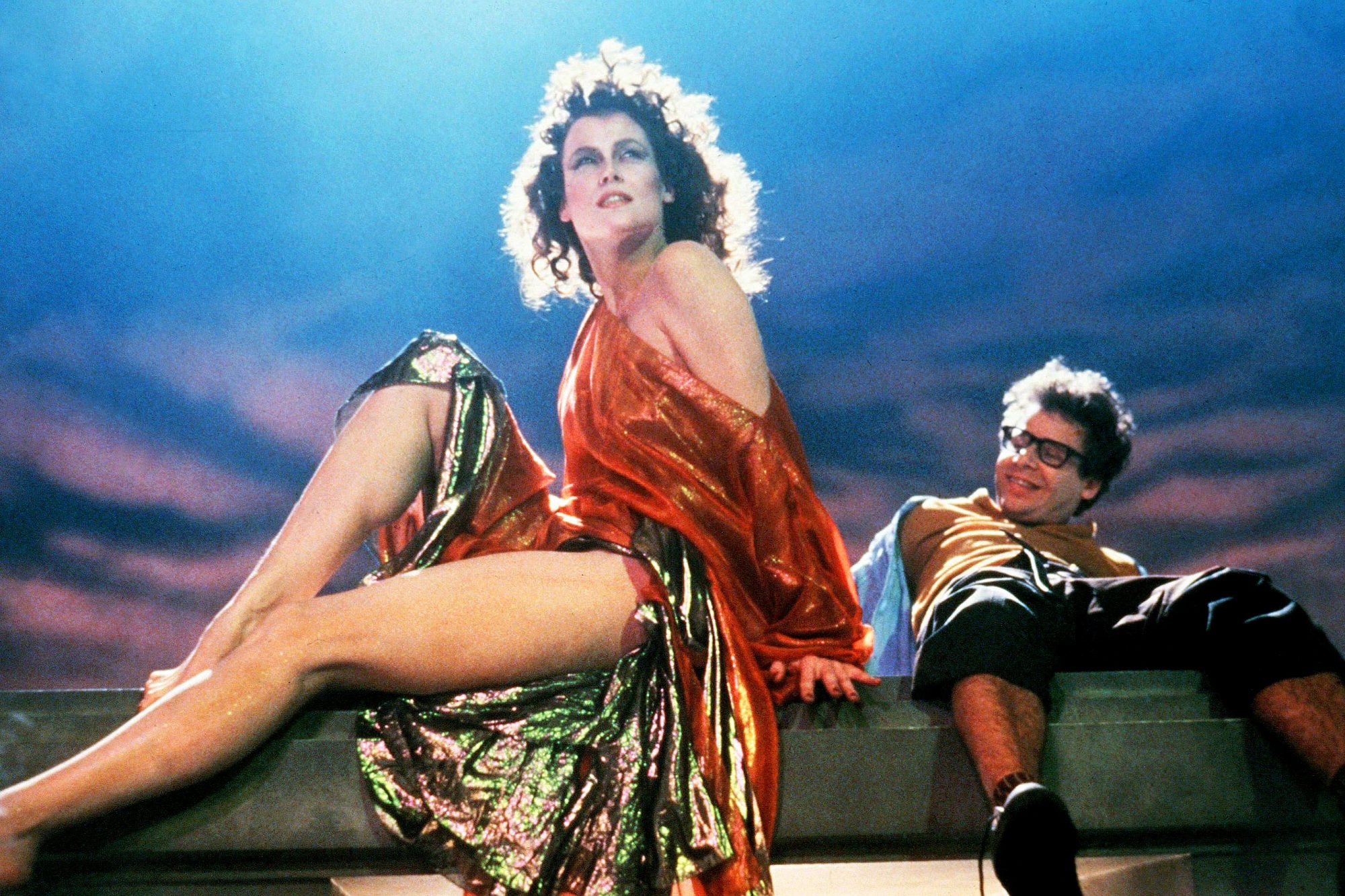
By Emad El-Din Aysha, PhD
... The importance of sex is also highlighted, through the relationship of Callie with Grooberson. Callie only begins to look good – feminine and even somewhat sexy – when she’s on a date with him, not to mention when she gets possessed by Zool. (Paul Rudd has been described as the sexist man alive, for some reason. You can’t see it here, and I liked him so much more in Antman). You also feel that the dogs on the inside of the two of them are meant to overcome their inhibitions and doubt and let out the animalistic and pleasurable side of them. (Yuk!) Callie does drink herself to sleep ever night, as we’re told and see in the movie. I’d wager there was some gender symbolism in the first movie too, with the geeky Louis Tully (Rick Moranis) finally getting to live his dream by kissing Dana, with Dana being the one doing the aggressing and kissing him first although he’s the Keymaster and it’s the key that always goes into the lock. But that was then and this now. At the time women getting into the job market was the big thing and men accommodating themselves to it – e.g. Die Hard (1988). Now women have become fed up with the job market and want to head off back home where it’s nice and warm and controlled and comforting. Hence the scene where Callie is shaving Trevor’s head while he’s having breakfast. (I presume it’s cheaper than sending him to a barber shop).
Now that’s take another look at Gozer, played this time around by Olivia Wilde. She certainly looks creepy and alluring, but she doesn’t have that catlike sexiness of the previous manifestation. The red eyes of the older Gozer are cooler too. You’re not meant to hate Gozer, just understand that she’s a functionary in the cosmic game, so to speak. She did ask them to choose the form of the destructor, after all. Here Gozer is the antagonist and it makes you wonder why. Could it be that she’s androgynous, highlighting the blurred, confused world we’re living in today where men are belittled for being men and women aren’t allowed to be women? Maybe so, since the sex angle was never mentioned in the old movie. I mentioned above the role of the father, and you see this very explicitly with Ernie Hudson’s character in the end when he talks about how his success in business isn’t just for the sake of short term profits but to serve as an example for his kids. That’s a man prerogative. Fine by me!
The Standard Game
There’s a whole bunch of other themes lurking beneath the surface in this movie, highlighting how they’ve updated the Ghostbusters franchise to fit the all too modern world of today. There’s unemployment and depression era economics, something Dan Akroyd says too explicitly in one scene. As if the Reagan was all peaches and cream, for the industrial economy. Worse still, this econometric account of the USA goes nowhere in Afterlife, which makes you wonder what the whole point was of mentioning it? They mention fracking and the earthquakes that result but again it goes nowhere. The first movie focuses on the heroes in equal measure with the city of New York which in some ways is the true hero of the story; the grittiness and cynicism of the city is a theme that enhances instead of distracting you from the unfolding plot. It seems that Jason Reitman, the guy who directed Juno (2007), has been bitten by the same species of documentary bug that afflicted George Lucas. And we can see the end result of that with the Star Wars prequels, can’t we?!
Here’s something else I loved about the original movie and found to be lacking here was how it ties into the American business ethos, the story of the small struggling entrepreneur bumping up against the taxman and the regulators, embodied by the hilarious character of Mr. ‘Dickless’ Walter Peck (William Atherton). Americans are very enamored by success stories, you have to admit. Midnight’s Edge was very correct to say that this aspect was one of the old movie’s strongest selling points was this, and the Americans generally speaking are the best when it comes to pop entertainment dealing with businesses – Wall Street, Glengarry Glen Ross, Halt and Catch Fire, Purpose, etc. Again sadly, this is missing here although economics is clearly very important to the structure and substance of the movie.
Another terribly important theme is the value of science. You have Podcast who is into conspiracy theories, and social media (hint, hint), whereas Grooberson is really happy at Phoebe’s science prevarications and insists – while on his date with Callie – that science is pure and an absolute. An antidote to social media madness, basically!

ATTACK OF THE LITTLE PEOPLE: Podcast and Phoebe may be of small stature but they make it through whit, intellect and compassion. Oh, and cuteness!
This is really good but there are problems in the way it’s handled. Again it’s a bit too explicitly stated by the teacher, and he really shouldn’t have used the word ‘absolute’. The writing in this movie is good but it veers too much in exposition and cheesiness at times. Some mistakes also crop up. Phoebe is an expert at picking locks and when she’s confronted with a magnetic lock at the police station Podcast say he has faith in her. The catch is however that he never saw her picking a lock before, so how can he know to cheer her on? Note also that Phoebe isn’t into life after death and the soul and yet she gets out of that frame of mind almost without any tribulations, a transition that’s way too smooth and convenient. This is all evidence of bad writing or bad editing. In all cases it’s good to see science being championed again and a concerted effort being made to counter paranoia and conspiracy theories, although I’m not sure a ghost story with a secret society type conspiracy by Ivor Shandor is the best way to go about it.
I was very disappointed by Ivor Shandor, now that you mention it. He got killed off in no time at all and you never got to see his minions. Talk about an anti-climax. That’s the basic problem with the movie. The setup is really nice, but the payoff is not nearly quite as good. The sequence when the ghosts are released to terrorise the town is a reference to the original movie, but not handled well at all. Some of the ghost effects and makeup are terrible and the sequence is too squeezed and fast to leave any effect. The director is a skilled guy but there’s an edginess and stiffness to his style and the movie is a bit slow. You see this in the confrontation scene between the old Ghostbusters and Gozer at the end. It drags on forever, has essentially the same lines as the old movie, and involves a bunch of dudes doing nothing but standing perfectly still. No energy, no passion. You can even find this stiffness in the music. It’s not playful and doesn’t tease you like in the old movie, and too orchestral for its own good. Where’s the incredible list of songs that you had in the first movie, and even the second one? Ghostbusters was a pop phenomenon and it was meant to be that way with ‘who you gonna call’ becoming part of every household’s phrasebook. And Jason Reitman plays it safe too much as well, rehashing the original storyline from the old movie, but without the same kind of cynical pleasure.
Lucky stands in for the cynicism of Venkman from the original movie, as the Critical Drinker explains, with the whole crew replicating in some way or another the roles of the original team, but it feels forced and tedious. The director basically overplays the nostalgia card just with a more diverse cast and setting, with two girls in the new team and an African-American character (Lucky’s father is the local sheriff) and with a Korean. That’s good but again they aren’t as substantive and funny as the older cast. (The Critical Drinker doesn’t like Finn Wolfhard’s zonked out performance either!)
Now for a personal memory quip. I mentioned above how special the movie is to me, from my childhood. Sadly I only ever watched it on television. I did however get to watch the sequel in the cinema and I have to admit I liked certain things about – the story with the haunted painting and the pink goo in the sewers of the city, the humour and the scene with the Statue of Liberty. The problems with the movie that I noted even at the time was how the pacing was off, things taking way too long, and how anti-climactic the ending was. Looking at it as an adult I was shocked to find Sigourney Weaver’s performance to be low key, as sexy and presentable as she was. The whole movie was low key and lacking in cynicism, and also lacking in the horror department in terms of the colour palette and creepiness.
Then I watched the ever lovely Cassie from Popcorn in Bed’s reaction video and she understood straight off that the problem with Ghostbusters 2 (1989) was how family-friendly it was. No doubt influenced by the success of the cartoon series The Real Ghostbusters, to cite the commentators on her video. (I watched it with them live at the time). It seems something like that happened here. They don’t want to stir up any controversy and wanted to bring the diehard fans of the original movie back on board. It’s a daunting task and they had a lot of damage to repair in the aftermath of Paul Feig. All in all it’s a good sending off to the original cast, especially the creative genius of Egon Spengler aka Harold Ramis, and ushering in a new generation. It’s also hinted at in the close of the movie that the original Ghostbusters are going to make a comeback and that the ghosts they captured in their original HQ are going to be released and wreak havoc on the world all over again. We can only hope.

In the meantime I’m waiting for the cutesy Mckenna Grace to reach the mandatory age for marriage by the time the next movie comes out. (She’s playing a 12 year old here, and very convincingly, but I think she’s actually 16). If Phoebe is this pretty right now who knows what she’s going to look like when she becomes a young adult. Ghosts, ghouls and goblins beware… and boys!!!


